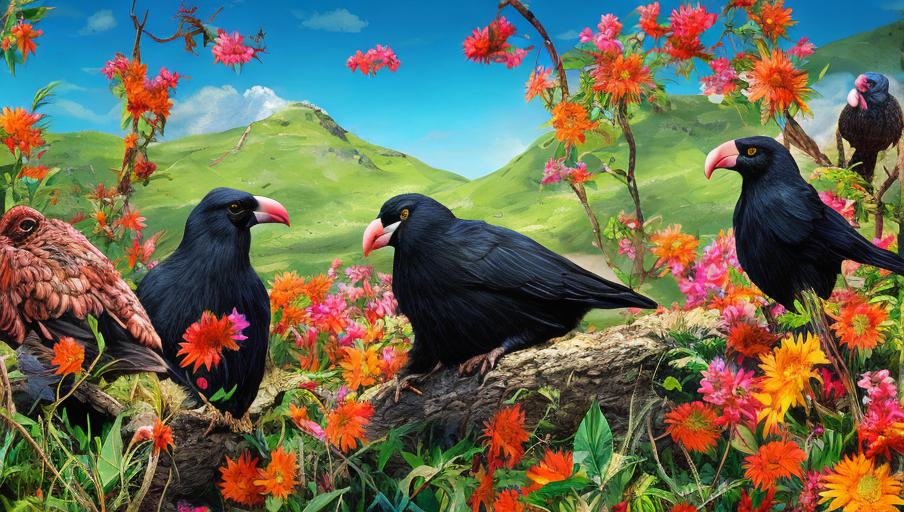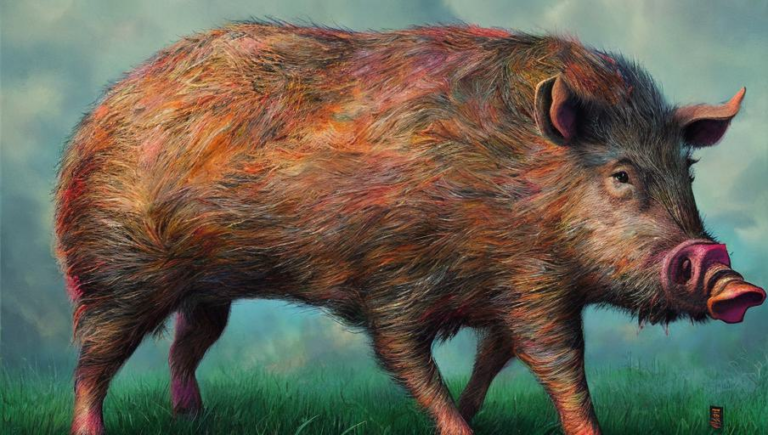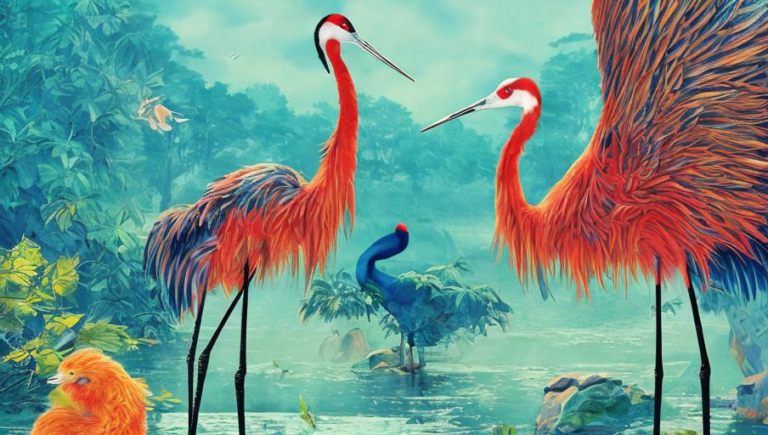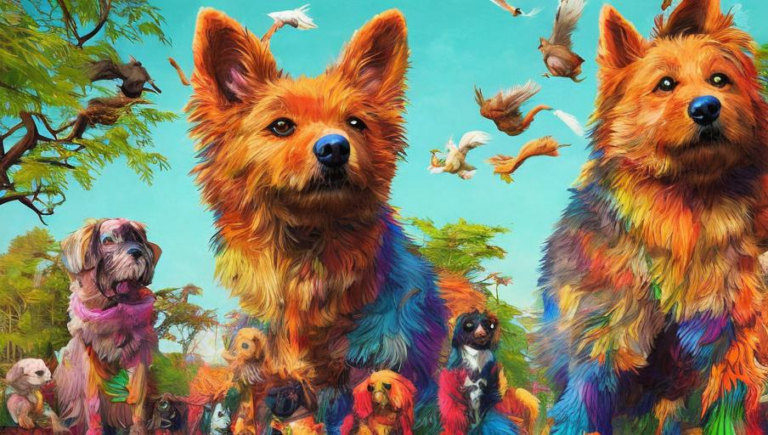Zooming in on the Chough: A Closer Look at this Unique Bird

Introduction
The Chough (Pyrrhocorax pyrrhocorax) is a species of bird in the Corvid family, commonly referred to as the ‘red-billed crow’. This species is found in western Europe, parts of North Africa, and the Middle East. Choughs are often found in mountain areas, usually near the sea, but can also be found in grasslands, woodlands, and scrublands.
Appearance
The Chough is a medium-sized bird, with a long, slender bill and a blackish-brown head. Its wings are broad and its tail is long and pointed. The Chough has a distinctive red bill and red legs, which makes it easily recognizable among other species. It also has a loud, croaking call which is often used when flying in flocks.
Behaviour
The Chough is a highly social bird, often seen in flocks of up to 100 birds. It is a rather fearless species and is not easily scared away by other animals or humans. Choughs are omnivorous, feeding on a variety of food sources, including insects, fruits, seeds, and eggs. They can often be seen catching food on the ground, as well as in the air.
Habitat
The Chough’s natural habitat is mountainous terrain, usually near the sea. It prefers areas of high elevation, such as cliffs and ridges, where it can make its nest. It is also found in grasslands, woodlands, and scrublands.
Conservation Status
Unfortunately, the Chough is threatened by habitat loss and hunting, and is listed as Endangered by the IUCN. The species is also listed as Vulnerable in parts of Europe, and is listed as Critically Endangered in parts of North Africa. The Chough is protected in many countries, and numerous conservation efforts are underway to protect this species.
Conclusion
The Chough is a unique bird with a distinctive red bill and legs, and a loud croaking call. It is a highly social species, often seen in flocks of up to 100 birds. Unfortunately, the species is threatened by habitat loss and hunting, and is listed as Endangered by the IUCN. Conservation efforts are underway to protect this species, and it is important that the public is aware of its plight.





